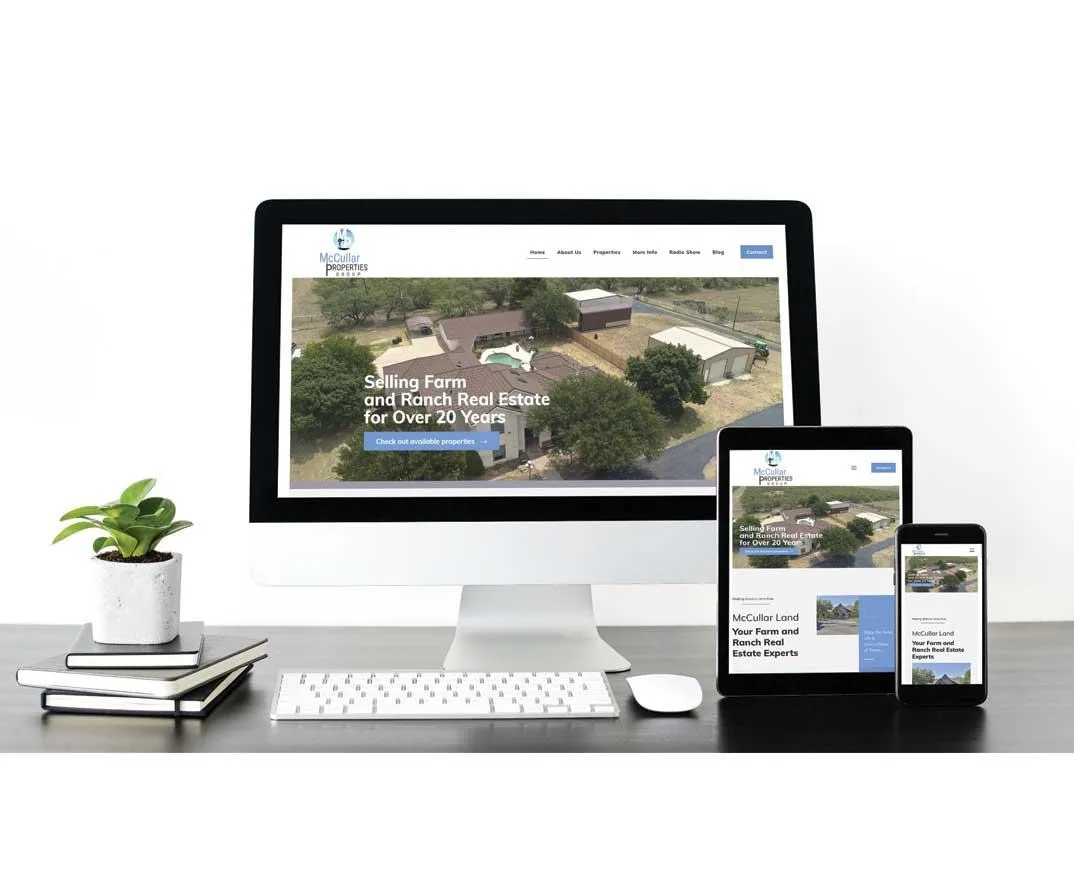
Welcome to
Abilene Website Designer
WE CREATE WEBSITES THAT SCALE YOUR BUSINESS!
We specialize in building search engine-friendly sites that are guaranteed to rank, allowing customers to find your business quickly and easily, leading to an influx of new customers eager for your services. Each website is built using our proven marketing strategy, guaranteed to bring paying customers to you.
We’ve helped dozens of local businesses move up search engine ranks with hundreds of unique money-making keywords - no matter how competitive your industry, we can move your business to the top!
Are you next?
Why Choose Us
A Local Business That Cares
We are a part of the Abilene community, and are committed to seeing your business thrive. Meet us in person and discuss your business needs and marketing strategies so you can put a face to the name of the person who ranks your site higher than ever before.
Affordable and Trustworthy
Here at Abilene Website Designer, we purposely keeps our overhead low, which benefits you with lower priced services than corporate firms.
WE GET RESULTS
Our marketing strategies have been proven to increase profits for local businesses here in Abilene and the Big Country.
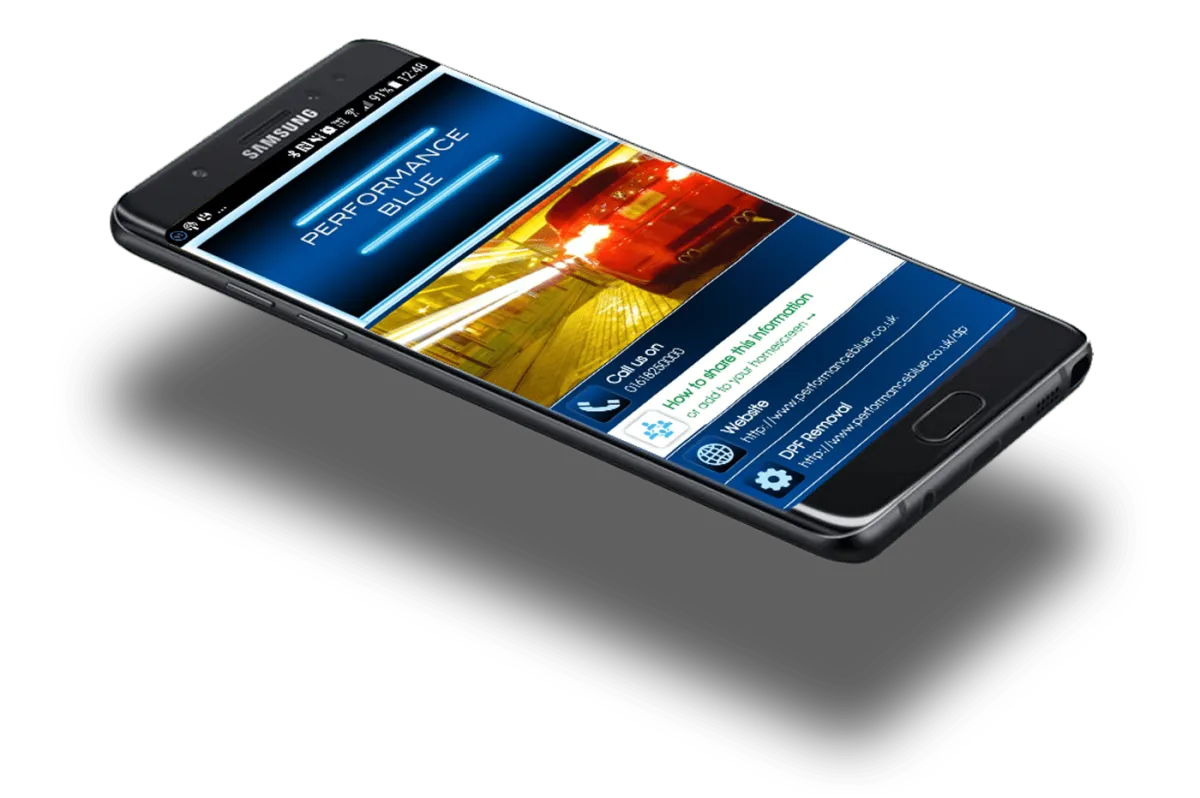

Welcome to
Abilene Website Designer
- WHERE WE CREATE WEBSITES THAT GROW YOUR BUSINESS!
If you are a business owner in Abilene and the Big Country area, we can help you attract more quality customers so that you can increase your sales and revenue. Our affordable website design, website re-design, and ecommerce website designs are built using a proven marketing strategy that brings paying customers to your doorstep.
Your potential customers and clients need to be able to find your business quickly and easily. Otherwise, those customers are going to use someone else. Abilene Website Designer specializes in building search engine friendly sites that are guaranteed to rank, increasing your chances of capturing new business.
Abilene Website Designer has already helped dozens of local businesses move up the search engine ranks for hundreds of different customer-getting, money-making keywords. No matter how competitive your industry – the health industry, the service industry, shopping and retail, repair services, restaurants, investment services and more – we will help your business move to the top!
Why Should You do Business with Abilene Website Designer
We ARE different from the other Website Design firms in many ways that help your business win!
1. We are a Local Business: Abilene Website Designer Now’s owner – Holly Blackwell – is local to Abilene and committed to personally helping you with your business. You can sit down and discuss your business needs and marketing strategies in person, and you will be able to reach a real, live human being when you need to make changes or additions to your site.
2. We offer Affordable Services: Abilene Website Designer purposely keeps its overhead low, which benefits you with lower priced services than corporate firms.
3. We GET RESULTS specifically for THIS area: Our marketing strategies have been proven to increase profits for local businesses here in Abilene and the Big Country.

Success in Three Steps

Winning Strategy
We provide a customized strategy based on your niche, target audience, and industry competition. We analyze what is working best in your field and apply it to suit your specific business needs.

Design
We bring your brand to life with the perfect color schemes, layout, sitemap, and style. It’s a one-of-a-kind masterpiece created just for you.

Support
Our full-service formula covers design, marketing, and maintenance - you’ll have us at your side whenever you need us.
Our Proven Three-Step Process for Your Business Success

Winning Strategy
We define your target audience, research your competition, and determine what is currently working best online in your industry…then create your website to stand out above the crowd.

Design
Color scheme, layout, sitemap, and style. We will bring your brand to life with a one of a kind masterpiece, built just for you.

Support
When you go live, to the world we’ll be at your side for the life of your site. Design, marketing, and maintenance are all important parts of our full-service formula.

Free 7-Step Formula to Transform Your Website
The simplest details can yield the biggest results. You might be leaving money on the table, or worse, turning your customers away and leading them straight to your competition!
Sign up and get our free e-book so you can make sure your website is working for you.

Transform Your Website With 7 Simple Strategies
You are probably leaving money on the table or worse – turning people away and ensuring they go straight to your competition!
Sign up to our newsletter and get the e-book delivered to your email right away. I will show you how to make CERTAIN your website is working FOR you.
Our Services

Brand Development
A customized brand strategy that makes you unforgettable.

Web Design
Fully branded and customized to showcase your story and your products.

SEO Optimization
Land in more searches and lead customers straight to you.

Marketing
Appeal to your audience and attract new customers with a strategy catered to your business.

Ecommerce
A seamless ecommerce UX for a fluid customer experience.

Development
Expert coding to bring your website experience to life.
Our Services

Brand Development
Custom Brand Design, with Strategy and Guidelines to Make You Look Fabulous

Web Design
Custom Brand Design, with Strategy and Guidelines to Make You Look Fabulous

SEO Optimization
Custom Brand Design, with Strategy and Guidelines to Make You Look Fabulous

Marketing
Custom Brand Design, with Strategy and Guidelines to Make You Look Fabulous

Ecommerce
Custom Brand Design, with Strategy and Guidelines to Make You Look Fabulous

Development
Custom Brand Design, with Strategy and Guidelines to Make You Look Fabulous
We are proud to have helped so many Abilene businesses
.Abilene Website Designer HAS ALREADY HELPED DOZENS OF LOCAL BUSINESSES MOVE UP THE SEARCH ENGINE RANKS FOR HUNDREDS OF DIFFERENT CUSTOMER-GETTING, MONEY-MAKING KEYWORDS. NO MATTER HOW COMPETITIVE YOUR INDUSTRY – THE HEALTH INDUSTRY, THE SERVICE INDUSTRY, SHOPPING AND RETAIL, REPAIR SERVICES, RESTAURANTS, INVESTMENT SERVICES AND MORE – WE WILL HELP YOUR BUSINESS MOVE TO THE TOP!


Advance VoIP Solutions
This team has all the qualities one looks for in a professional. They are affable, inquisitive, and obviously invested in the success of their clients.
Abilene Website Designer has organically moved us to the top of the search engines!


Abilene Specialty Popcorn
I have been working
Abilene Website Designer and it has been the best business decision I have ever made. It is better than any advertising I have ever invested in. I have 75% new customers coming into my store because they have now seen us online. I urge other business owners looking to grow to give them a call


Sparer Sheperd
I started looking for website designer and did a lot of reaserch... Holly truly cared that I found the perfect website design for my business.
Abilene Website Designer took the time to write a great SEO which helped my website to rank higher faster. I would recommend this website designer to anyone looking to build a great website. She answered all of my questions and helped me through the process. Thanks a lot for a great website design!


Dean Helgren
Abilene Website Designer did our website design and also SEO. The website design was excellent and looks great! After doing the SEO on our website we are now on the first page of Google when people search for our business.


Addie Helms
I needed a website that was functional, easy to navigate, AND beautiful. I needed a website designer who understood not only the industry standards of my type of business, but also the specific needs of my personal business. It was a tall order, and Holly was able to fill it. Now my website is a beneficial, revenue-generating aspect of my business-not a "clunky" online billboard.


Sal Panzeca Sudzees Cleaning LLC
Abilene Website Designer delivered on what they sold me and exceeded my expectations. I couldn't even get other marketing companies to call me back or honor their appointments and when they did they were priced over the top because they didn't need the business. Holly was priced very competitive and followed through with everything she had promised in the time frame she said she would. The logo she came up with is awesome customers always like it and looks good on shirts. They told me to be patient with the web optimization stuff and that it will work.
Our Results Speak for Themselves
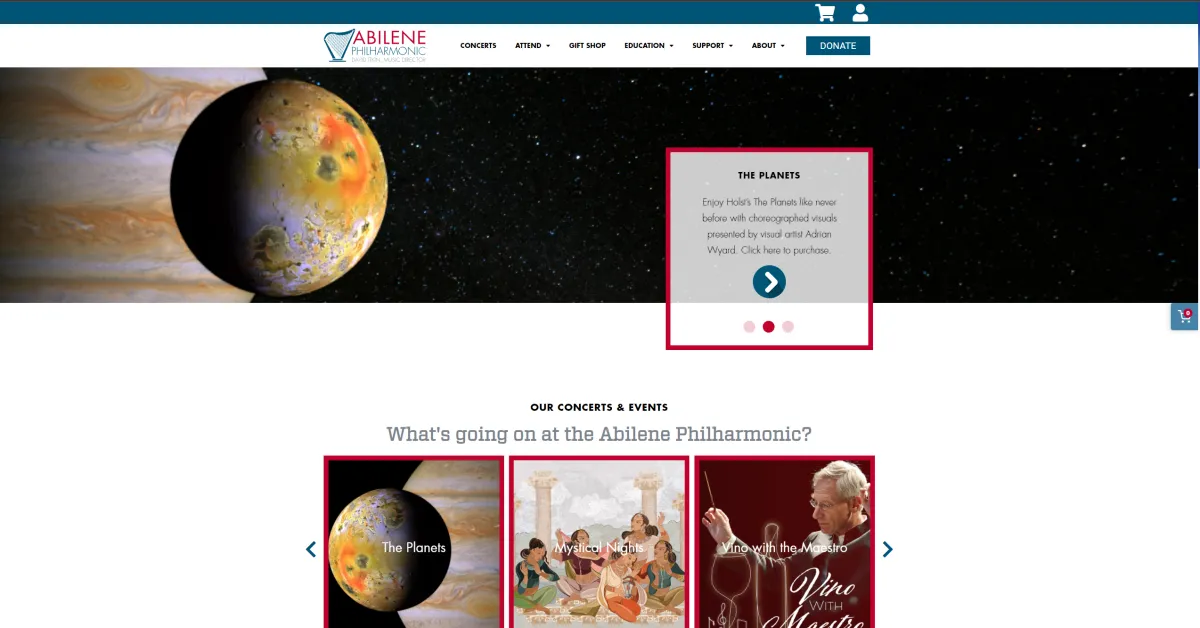
Abilene Philharmonic
Web Design
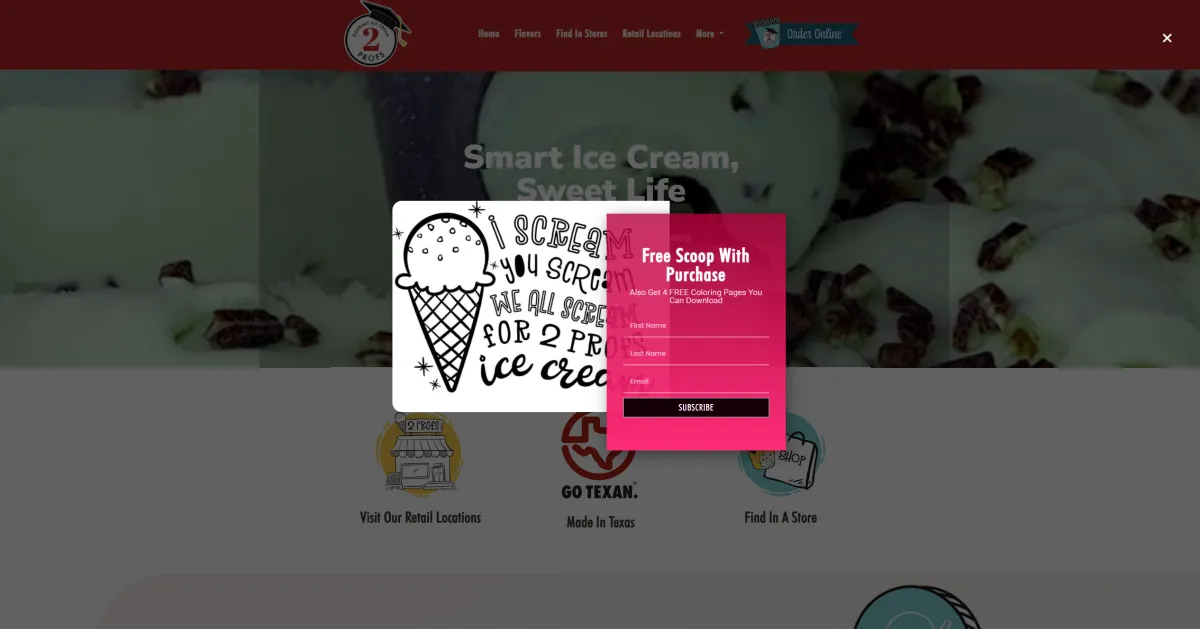
2 Profs Ice Cream
Web Design
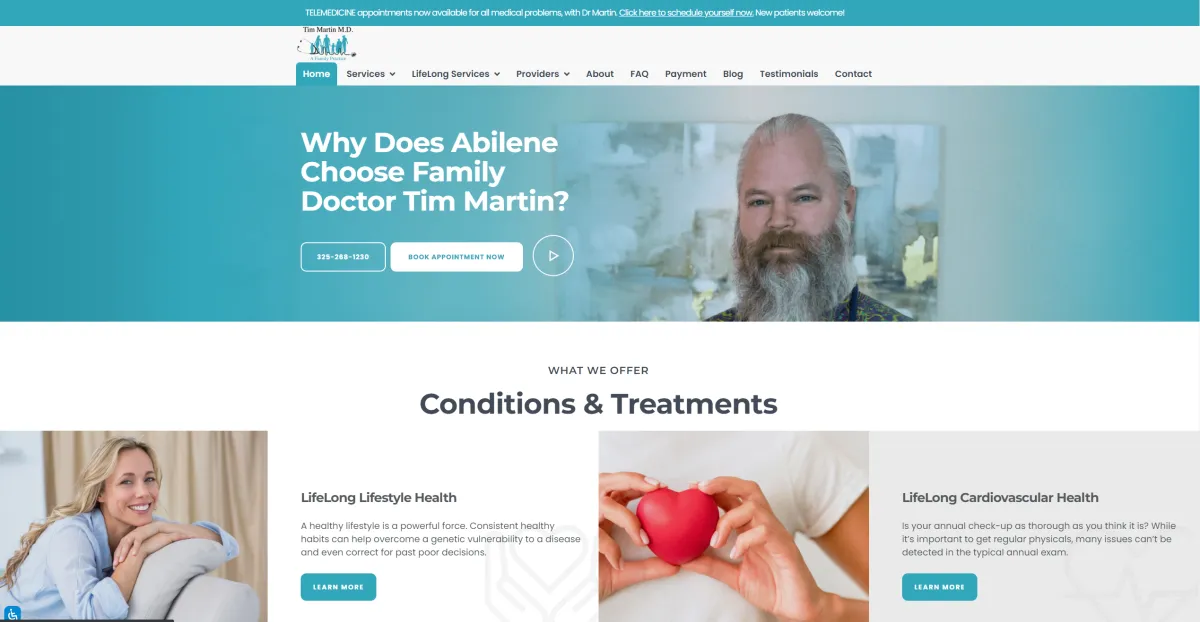
Dr. Tim Martin: Family Practice
Web Design
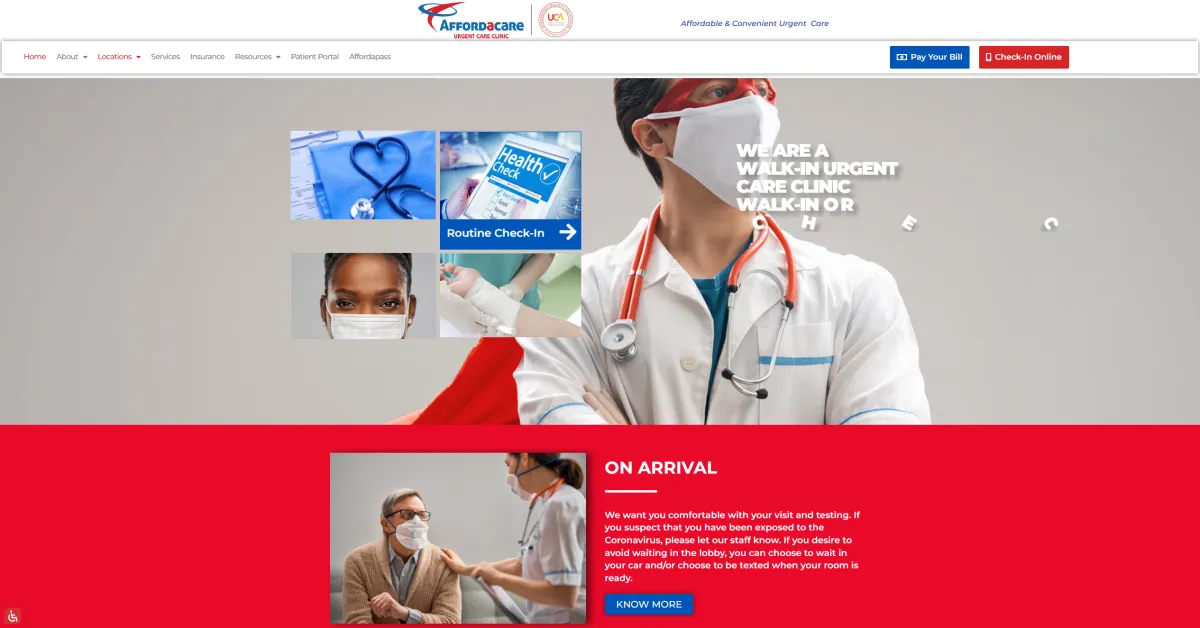
Affordacare
Web Design
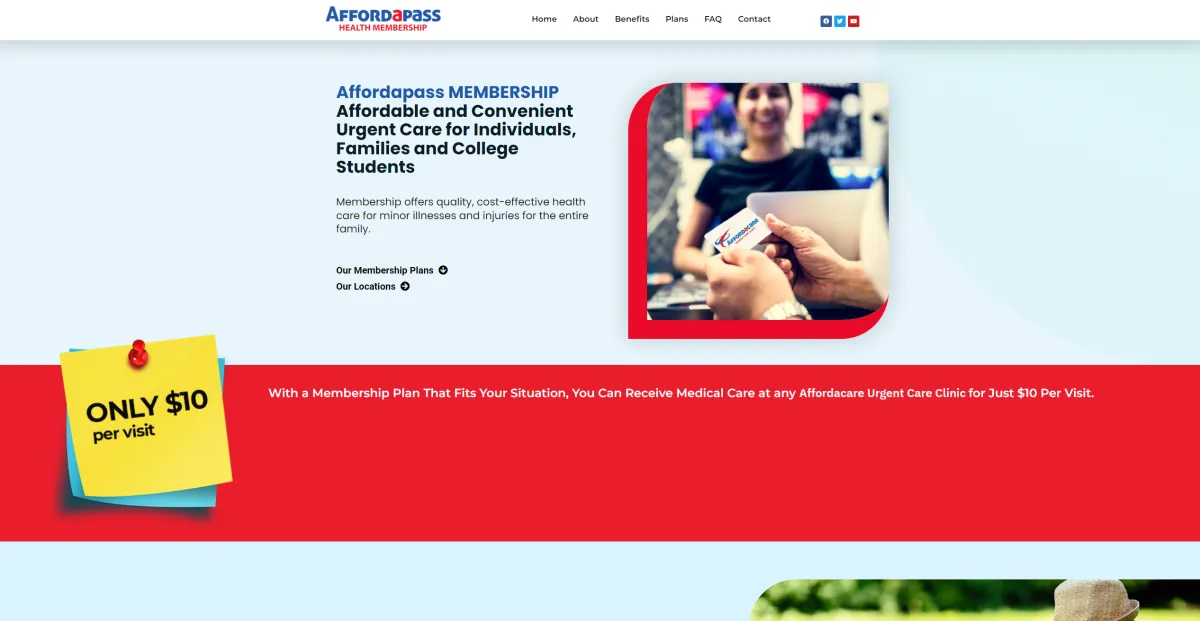
Affordapass
Web Design
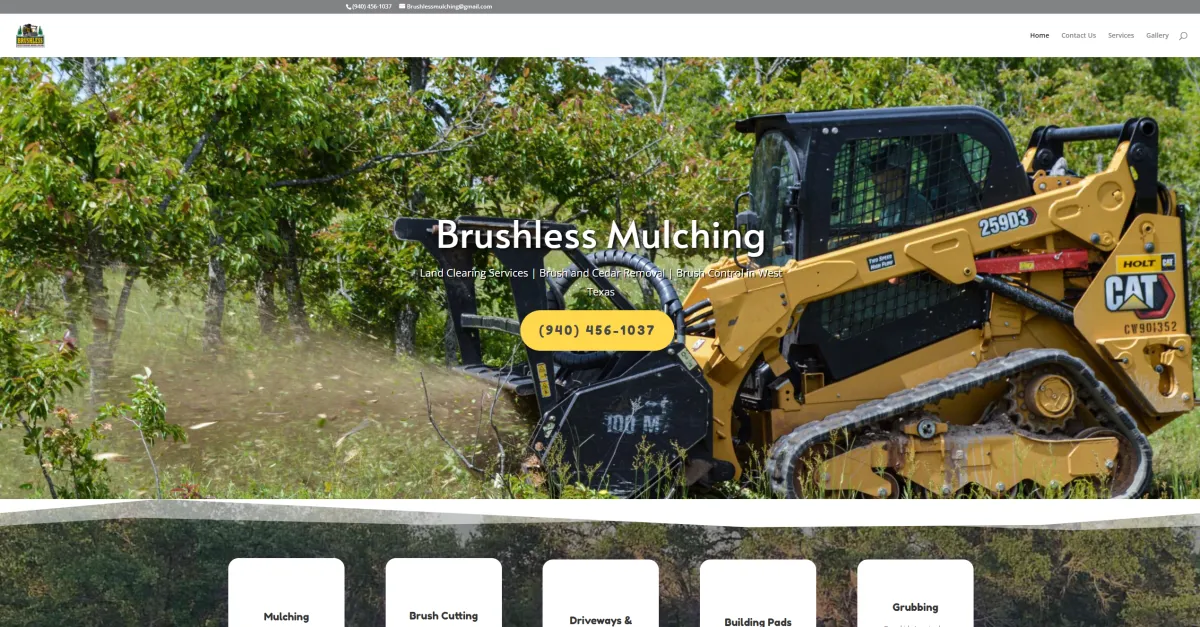
Brushless Mulching
Web Design
Our Portfolio
Blogs

Elevating Your Online Visibility: SEO-Friendly Web Design Practices
A visually appealing website is only half the battle won. To truly conquer the online realm, integrating effective SEO (Search Engine Optimization) practices into your web design is paramount. At Abilene Website Designer, we understand the intricate relationship between design and SEO. Join us as we unveil the art of SEO-friendly web design and explore how proper design elements can significantly enhance your website's search engine ranking.
1. Smart URL Structure for Search Engine Crawlers
The foundation of SEO-friendly web design begins with the architecture of your website's URLs. A well-structured URL not only assists users in understanding the page's content but also aids search engine crawlers in indexing your site effectively.
Keyword Incorporation: Incorporate relevant keywords in your URLs that reflect the content of the page. Use hyphens to separate words and maintain clarity.
Short and Descriptive: Keep your URLs concise while conveying the essence of the page's topic. A short and clear URL is user-friendly and more likely to be clicked.
Static URLs: Prefer static URLs over dynamic ones that contain special characters or symbols. Search engines favor static URLs as they are more readable and indexable.
2. Optimize Metadata for Maximum Impact
Metadata serves as the first impression of your webpage in search engine results. Paying attention to these elements not only improves your click-through rates but also helps search engines understand your content better.
Title Tags: Craft unique, descriptive, and keyword-rich title tags for each page. This is what users see in search results and should provide a concise overview of the page's content.
Meta Descriptions: Write compelling meta descriptions that encourage clicks. While not a direct ranking factor, an enticing meta description can significantly improve user engagement.
Header Tags: Use header tags (H1, H2, H3) to structure your content hierarchically. This not only aids users in reading but also assists search engines in understanding the content's organization.
3. Content Hierarchy and User Experience
A well-organized and user-friendly design not only keeps visitors engaged but also contributes to better SEO rankings.
Logical Structure: Arrange your content logically with clear headings and subheadings. This helps visitors skim through the content and provides search engines with a clear content hierarchy.
Internal Linking: Incorporate relevant internal links that connect to other pages within your website. This aids in spreading link equity and helps search engines navigate your site.
Mobile Responsiveness: With mobile searches on the rise, a mobile-responsive design is crucial. Google considers mobile-friendliness as a ranking factor, ensuring your website looks and functions well on various devices.
4. Image Optimization for Improved Loading Speed
Images play a vital role in enhancing your website's aesthetics, but they can also slow down loading times. Optimizing images is not only good for user experience but also SEO.
Compressed Images: Use compressed images to reduce file sizes without compromising quality. Faster loading times lead to lower bounce rates and better SEO performance.
Alt Text: Provide descriptive alt text for images to make them accessible to visually impaired users and to help search engines understand the content of the images.
File Names: Use descriptive file names for images, including relevant keywords where appropriate. This helps search engines comprehend the context of the image.
At Abilene Website Designer, we believe that the fusion of innovative design and potent SEO strategies is the key to online success. Our team specializes in creating websites that not only captivate users with their aesthetics but also impress search engines with their adherence to best SEO practices.
When design and SEO harmonize, your website becomes a powerful tool for attracting and retaining visitors while securing a prominent position in search engine rankings. Let us be your partner in this journey towards a seamlessly integrated web presence.
Reach out to Abilene Website Designer today and witness the transformation of your website into a search engine magnet. Your online success story begins with a design that thrives in the realm of SEO.

September 19, 2022
If you're a business owner, you know that ranking high in local search results is crucial to your success...
September 19, 2022
Before we talk about why you need to use Google Analytics, let's look at what it actually is...
July 28, 2022
Most businesses, small or large, do not have in-house expertise to custom design websites themselves and will need . . .
Our Latest Blogs

Elevating Your Online Visibility: SEO-Friendly Web Design Practices
A visually appealing website is only half the battle won. To truly conquer the online realm, integrating effective SEO (Search Engine Optimization) practices into your web design is paramount. At Abilene Website Designer, we understand the intricate relationship between design and SEO. Join us as we unveil the art of SEO-friendly web design and explore how proper design elements can significantly enhance your website's search engine ranking.
1. Smart URL Structure for Search Engine Crawlers
The foundation of SEO-friendly web design begins with the architecture of your website's URLs. A well-structured URL not only assists users in understanding the page's content but also aids search engine crawlers in indexing your site effectively.
Keyword Incorporation: Incorporate relevant keywords in your URLs that reflect the content of the page. Use hyphens to separate words and maintain clarity.
Short and Descriptive: Keep your URLs concise while conveying the essence of the page's topic. A short and clear URL is user-friendly and more likely to be clicked.
Static URLs: Prefer static URLs over dynamic ones that contain special characters or symbols. Search engines favor static URLs as they are more readable and indexable.
2. Optimize Metadata for Maximum Impact
Metadata serves as the first impression of your webpage in search engine results. Paying attention to these elements not only improves your click-through rates but also helps search engines understand your content better.
Title Tags: Craft unique, descriptive, and keyword-rich title tags for each page. This is what users see in search results and should provide a concise overview of the page's content.
Meta Descriptions: Write compelling meta descriptions that encourage clicks. While not a direct ranking factor, an enticing meta description can significantly improve user engagement.
Header Tags: Use header tags (H1, H2, H3) to structure your content hierarchically. This not only aids users in reading but also assists search engines in understanding the content's organization.
3. Content Hierarchy and User Experience
A well-organized and user-friendly design not only keeps visitors engaged but also contributes to better SEO rankings.
Logical Structure: Arrange your content logically with clear headings and subheadings. This helps visitors skim through the content and provides search engines with a clear content hierarchy.
Internal Linking: Incorporate relevant internal links that connect to other pages within your website. This aids in spreading link equity and helps search engines navigate your site.
Mobile Responsiveness: With mobile searches on the rise, a mobile-responsive design is crucial. Google considers mobile-friendliness as a ranking factor, ensuring your website looks and functions well on various devices.
4. Image Optimization for Improved Loading Speed
Images play a vital role in enhancing your website's aesthetics, but they can also slow down loading times. Optimizing images is not only good for user experience but also SEO.
Compressed Images: Use compressed images to reduce file sizes without compromising quality. Faster loading times lead to lower bounce rates and better SEO performance.
Alt Text: Provide descriptive alt text for images to make them accessible to visually impaired users and to help search engines understand the content of the images.
File Names: Use descriptive file names for images, including relevant keywords where appropriate. This helps search engines comprehend the context of the image.
At Abilene Website Designer, we believe that the fusion of innovative design and potent SEO strategies is the key to online success. Our team specializes in creating websites that not only captivate users with their aesthetics but also impress search engines with their adherence to best SEO practices.
When design and SEO harmonize, your website becomes a powerful tool for attracting and retaining visitors while securing a prominent position in search engine rankings. Let us be your partner in this journey towards a seamlessly integrated web presence.
Reach out to Abilene Website Designer today and witness the transformation of your website into a search engine magnet. Your online success story begins with a design that thrives in the realm of SEO.

September 7, 2019
When it comes to web design, there are so many directions and styles to follow. Your website can . . .
February 27, 2019
Internet searchers are impatient, and if they don’t see what they want in 4 seconds or less, they . . .
February 27, 2019
Most businesses, small or large, do not have in-house expertise to custom design websites themselves and will need . . .
Get Started Today
Get Started Now
We partner with you to identify your target market and get to work making your site more visible to your key market through our comprehensive digital marketing services.
Increase Your Revenue by Letting
Abilene Website Designer Help You:
1. Identify Your Target Market
2. Bring that Target Market to Your Business
